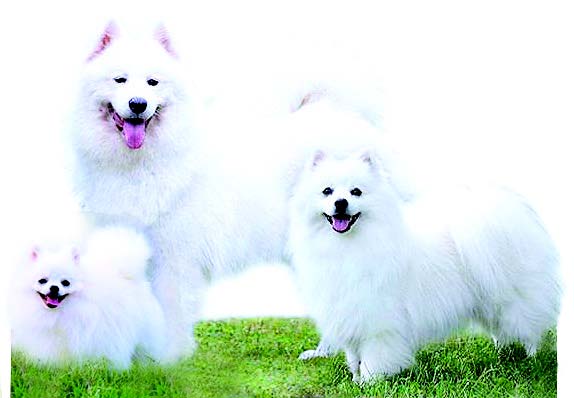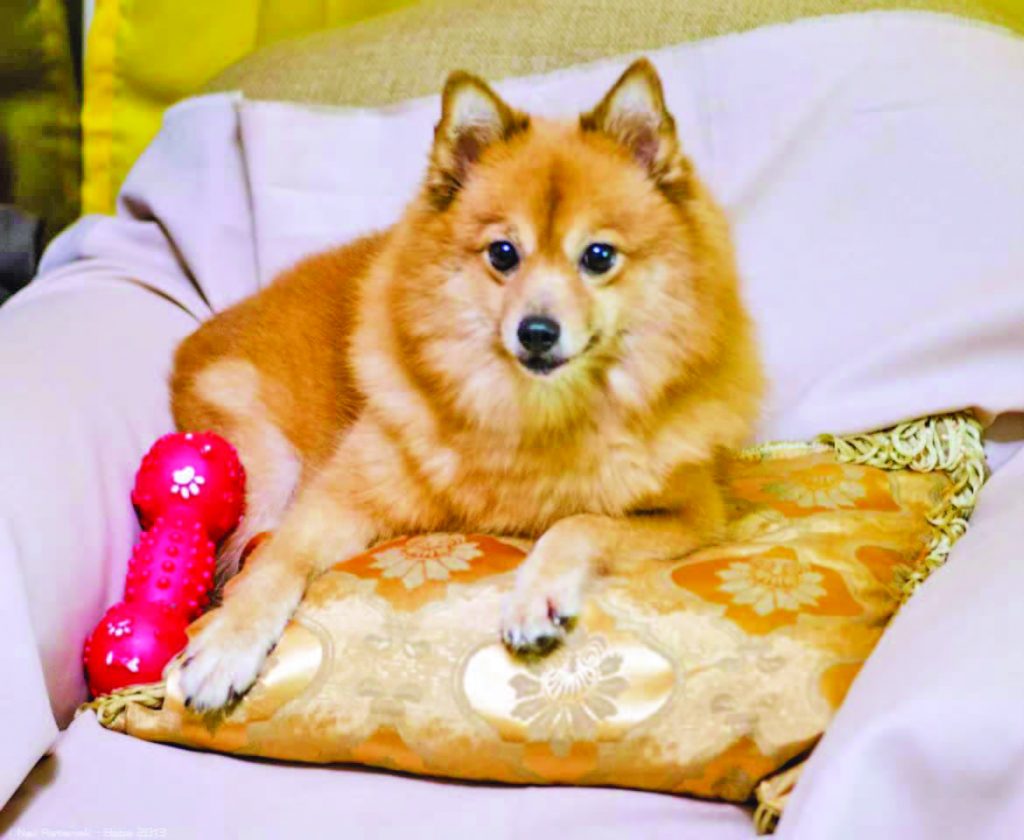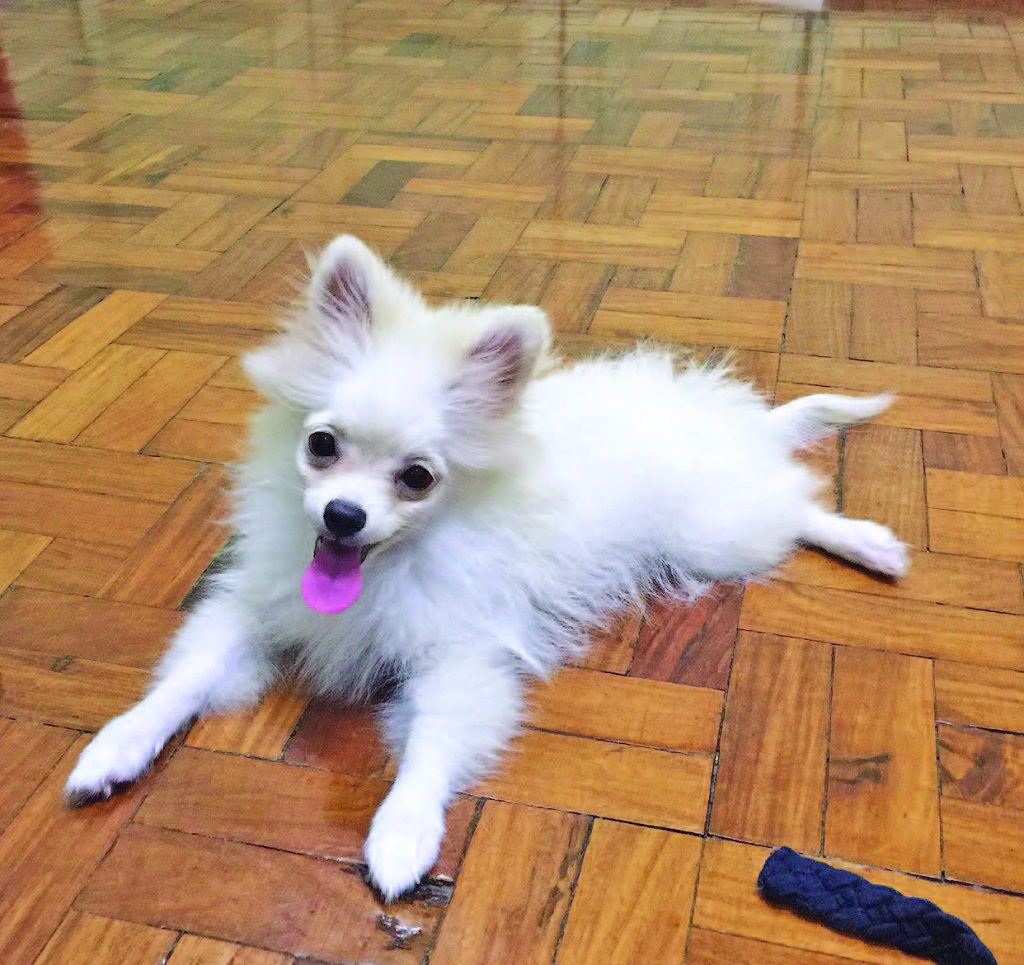Whenever I visited my grandmother during my childhood days, my excitement came from the thought of playing with her Japanese Spitz dogs. My uncle Alfonso, who lived there, took care of them and thought of breeding them. I was greatly fascinated by the Japanese Spitz’s snow-white coat and very friendly and high-spirited personality.
We lived in a small apartment back then and given the size of a Japanese Spitz, it was not practical for us to have one as a pet. When my fascination for canines grew, I focused on other dogs.
Fast forward and I met my beautiful wife, Suzie. We both loved pets, but she liked dogs the most. When we got married, one of the items in her bucket list was to have a Pomeranian of her own. I asked her why the adoration for Pomeranians, and she excitedly conveyed to me her reason: She had so many fond memories of them during her childhood.

She vividly recalled how his eldest brother, Johann, brought a pair of Pomeranians home. They kept the female, while the male went to her cousin. They named them Ron Ron (short for Veronica) and Archie, respectively, after the comic book characters.
It was his younger brother Jordane who took care of Ron Ron. They found Pomeranians easy to maintain. Suzie found Ron Ron intelligent, sweet, and protective. She would start knocking at Jordane’s door whenever the alarm clock rang. She would patiently wait at the door for Jordane to arrive home.
Origins
The Pomeranian is the smallest member of the Spitz family of dogs. The neighboring relatives are the Norwegian Elkhound, Schipperke, German Spitz, American Eskimo Dog, Samoyed, Alaskan Malamute, and Norwegian Elkhound, to name a few.
Pomeranians were developed and named after the province of Pomerania in Germany. They originated from an ancient Spitz breed, characterized by their wedge-shaped heads, prick ears, and thick furry coats. Early Pomeranians weighed as much as 30 pounds.

The granddaughter of England’s Queen Charlotte, Queen Victoria, fell in love with Pomeranians when she visited Italy and saw a sable, small-sized Pomeranian. She then tinkered with the breed to make the dogs smaller in size, popularly called dwarf Spitz in Germany.
Health
Overall, the Pomeranian is a sturdy, healthy dog. Their life expectancy is at 12 to 16 years. But like all breeds, they’re prone to certain health conditions. Common problems for include epilepsy, eye problems, hip dysplasia, Legg-Perthes Disease, patellar luxation, and collapsed trachea.
Always consult your friendly veterinarian to ensure the health of your beloved canine.
Exercise
The Pomeranian is a small and spirited dog. They require little exercise; a few daily walks are sufficient. Their activity level makes them ideal for someone who wants a small breed with the traits of the full-sized sled and herding dogs from whom this breed originated. Because they’re tiny, they can probably get enough exercise indoors, but they’re happiest when they go on long walks, chase leaves and twigs, and play with other small dogs. Careful, because they have fragile bones.

Grooming
Pomeranians have a teeming double coat that requires regular brushing. Grooming is not difficult; their outer coat is long, straight, and harsh in texture. The undercoat is soft, thick, and short. They’re easy to groom because of their small size.They shed moderately. Regular brushing minimizes shedding issues.
Personality
A Pomeranian’s bark may not be deafening, but not everyone will find it easy to live with. Alert and inquisitive, this canine makes an excellent watchdog and will bark at anything out of the ordinary.

Size
Pomeranians are 7 to 12 inches tall and weigh 3 to 7 pounds. Smaller ones seem to come at a higher price tag. Terms like tea cup, miniature, and tiny are often added for greater value. However, the smaller the Pomeranian, the more prone they are to certain diseases. I would still recommend sticking to the standard.
Colors
Pomeranians come in a variety of colors. These include red, orange, white or cream, blue, and brown, with black being the most common. Those with of black, tan, orange, or sable are called “parti”.
Finding Family
Last January, my sister Margie and his husband Albert asked me if I could assist them in looking for a dog. After going to Sunday church, I passed by Tiendesitas’ pet village and made a few rounds to check what would fit my sister’s personality. I saw a Pomeranian puppy and immediately, my kids became excited. They named her Coco.
I was so surprised how my brother in law became connected to her. They would send me her pictures in different situations. They couldn’t seem to have enough of her presence.
A few weeks later, Suzie sent me a picture of another puppy. I asked her if she wanted it and she quickly replied with a big yes!
The Pomeranian came from our good friend, veterinarian Dr. Jerry Hawson. Suzie named her Boo.

My children, Aaron and Jamie, were overjoyed to have Boo as an addition to the family. She gave my wife so many smiles and laughs. I could see Suzie’s child in her whenever she was with her.
For me, having Boo was like having my dream Samoyed, minus the size.
I wasn’t exactly fascinated with Pomeranians for either their looks or personality. But I was definitely awed by how almost everyone surrounding me had fallen in love with them. I loved seeing them enjoy the company of Pomeranians, which was why I became a silent fan of the breed.
This appeared in Animal Scene magazine’s December 2018 issue.





